Impressions of a Cherbourg Harbor Tour
History
King Louis XIV. decided to build a naval port in Cherbourg to better protect merchant shipping against the British. One began to build huge wooden boxes filled with stones, which were sunk.
It turned out, however, that this method was doomed to fail because the wooden structures could not stand the stormy sea. Overall, one had worked already 70 years on the dyke.

Napoleon began the construction of the 4-km dyke after the method, originally proposed by La Bretonnière; Warships weighted with stones were sunk. At the same time, the five forts were built to place the artillery pieces.
The last sections of the dyke were built in 1922. All dykes have a combined length of more than 6 km and are up to 27 m high. The fortifications were extended by the Germans during the 2nd World War.
Please watch the 4k UltraHD video
You are currently viewing a placeholder content from YouTube. To access the actual content, click the button below. Please note that doing so will share data with third-party providers.
More InformationSince for the making of the dykes more stones were used, as for the construction of the pyramids of Giza, they are referred to as the Pyramids of Cherbourg.
The Harbor
On the arrival in Cherbourg the gigantic harbor fastenings immediately sting into the eye. We stay at the Hotel de la Marine, an excellent hotel regarding the food and the service.
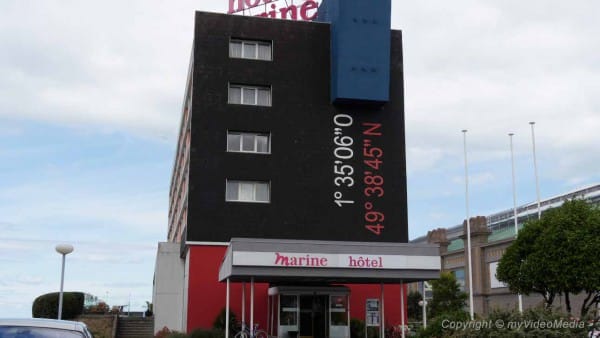
A Cherbourg harbor tour (Tour de la Rade) with a small tourist boat starts directly in front of the hotel. We take this opportunity to see the fortifications in more detail.
We sail along the entrance of the military base, which is the third largest naval base in France. Then we have a direct view of the miles long roadstead which was reinforced with five fortresses.
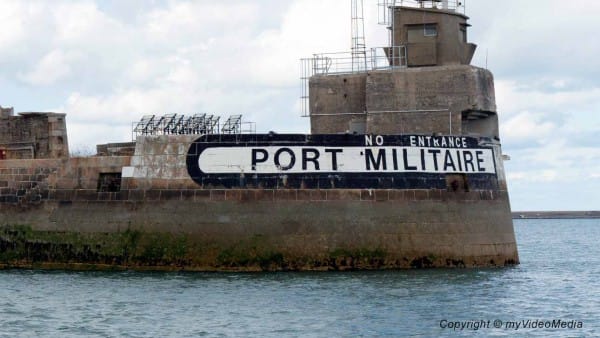
The sheltered harbor is used to operate fish farming. A bulky-looking ship emerges as feeding system for the fish. Feeding is fully automatic.
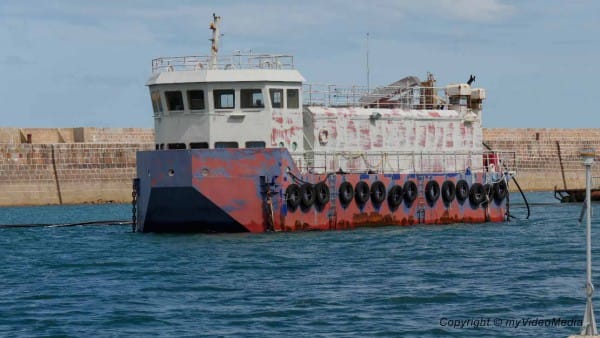
The protected harbor is also popular among recreational athletes, especially for rowing and sailing.
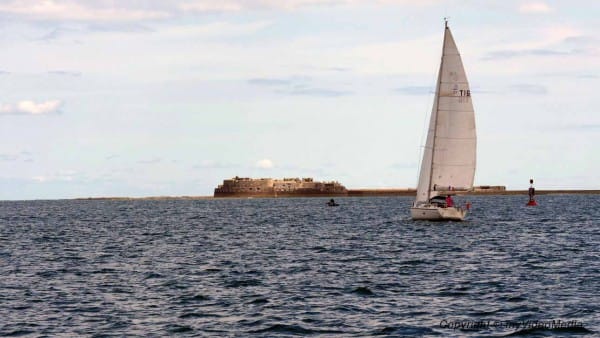
The Fort de l’Est, which leaves a devastated impression, was destroyed by the French troops before the invasion of the German armed forces.
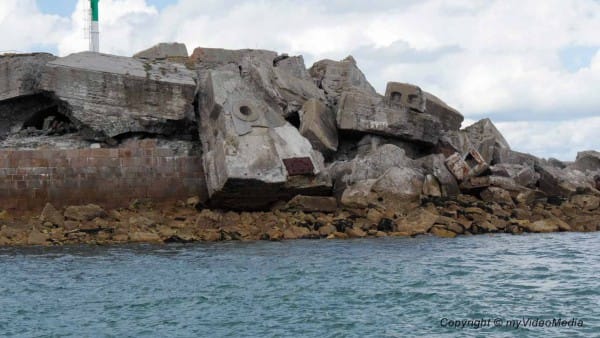
In addition to a commercial port there is a ferry port, a fishing port, a marina and a military base. The military base is connected to a shipyard, which is traditionally specialized in submarines.
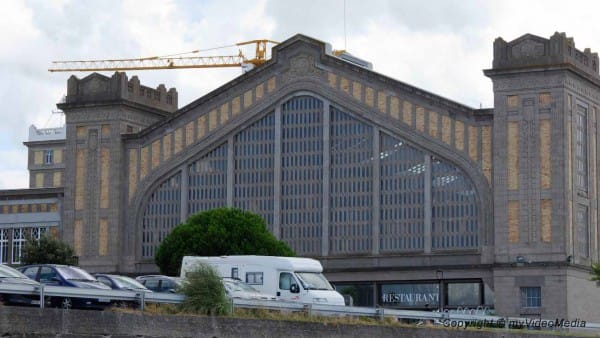
Here, the first French nuclear-powered submarine was built, Le Redoutable. Today, Le Redoutable is exhibited in the Museum Cité de la Mer and is the largest nuclear submarine in the world which is open to the public.
Text, photos and video: Copyright © myVideoMedia